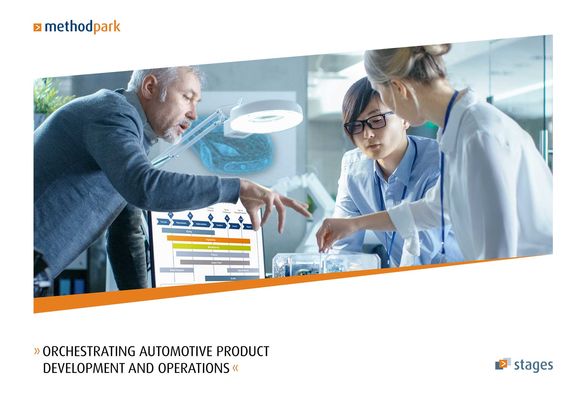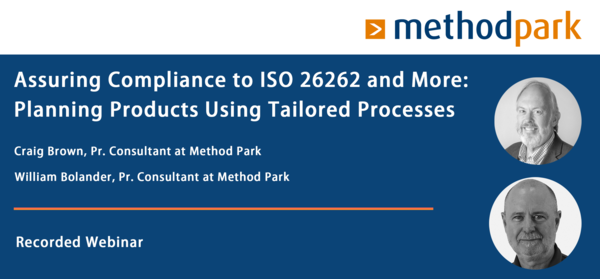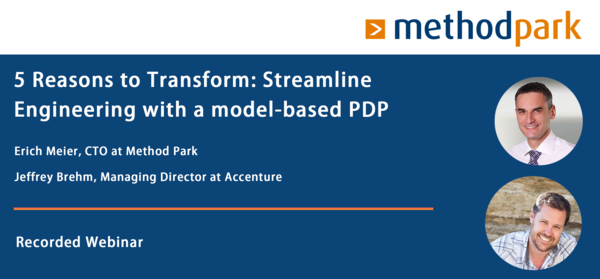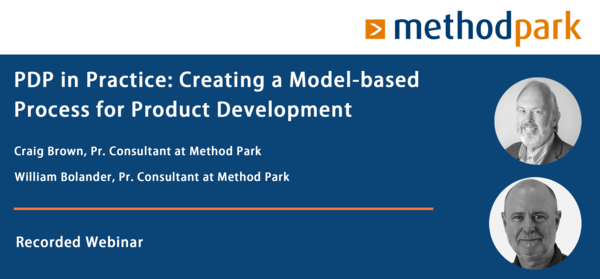Prozesse für die Produktentstehung
Der Produkt-Entstehungsprozess (PEP oder PDP) bringt ein Produkt von der Idee zur Marktreife und Produktion. Während einige Organisationen ihren PEP noch immer in einer Vielzahl von Dokumenten beschreiben, haben führende Unternehmen durch einen modellbasierten PEP signifikante Verbesserungen erzielt.
Dieser modellbasierte Ansatz wurde mithilfe von Stages in Organisationen aus Automotive, Luftfahrt und Medizintechnik sowie verwandten Branchen realisiert.
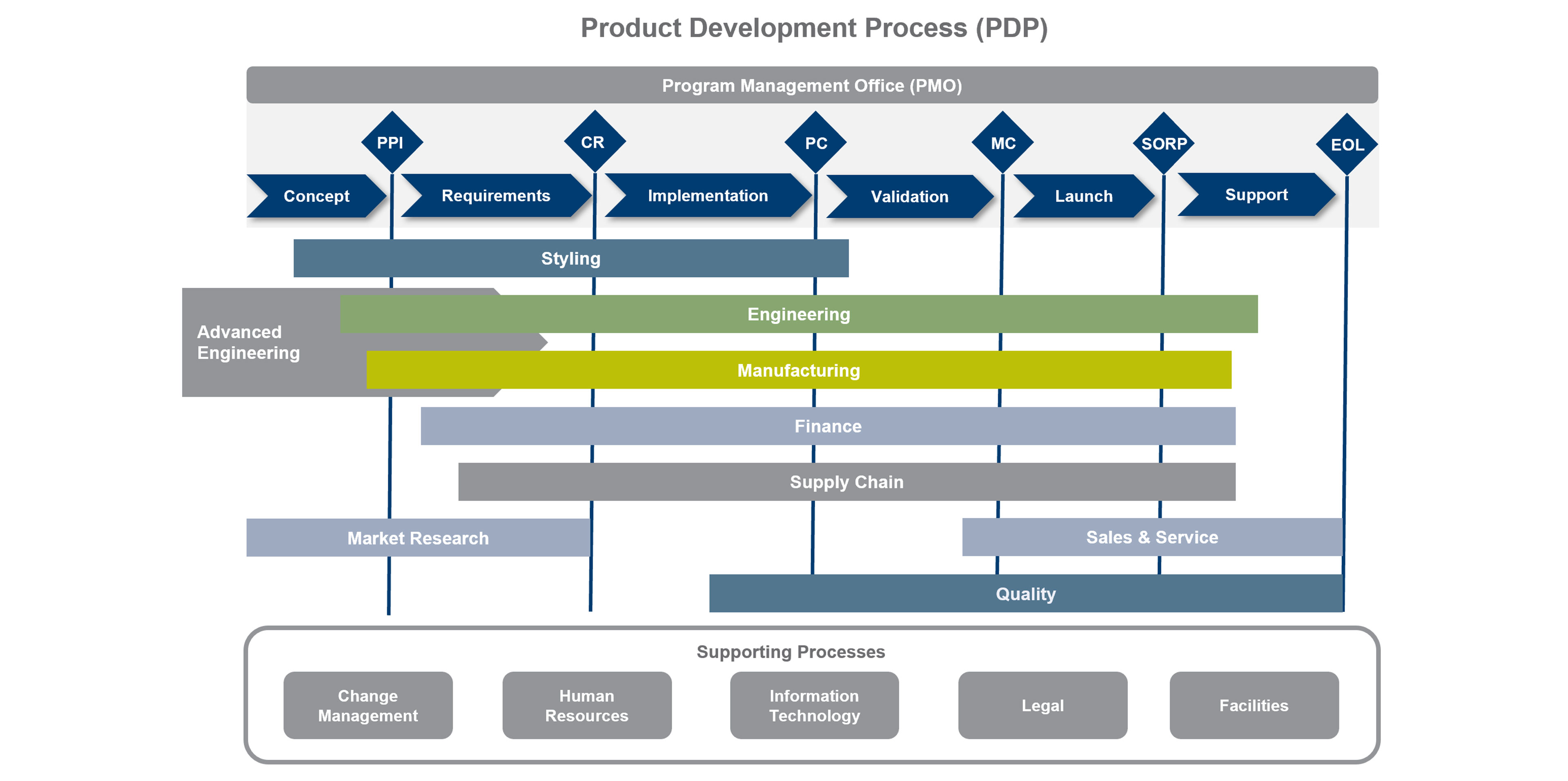
WHITEPAPER: ORCHESTRATING AUTOMOTIVE PRODUCT DEVELOPMENT AND OPERATIONS
A Product Development Process model helps explain the dependences of all systems and people within the enterprise. It serves as a base to start modeling a department’s work (their silo) in detail, and to engage department members in process improvements. As benefits become obvious it encourages other departments to model the details of their processes, quickly identifying opportunities for the efficiency benefits.
Unsere Lösung

Stages hat sich in großflächigen PEP-Transformationen bewährt und realisiert alle fünf Schlüsselpraktiken in einer einheitlichen Prozessplattform.
Dabei erzielen die Unternehmen
- reduzierten Aufwand in der Produktentwicklung
- frühere Marktreife und höhere Qualität der entwickelten Produkte
- erhöhte Agilität auf Geschäftsebene
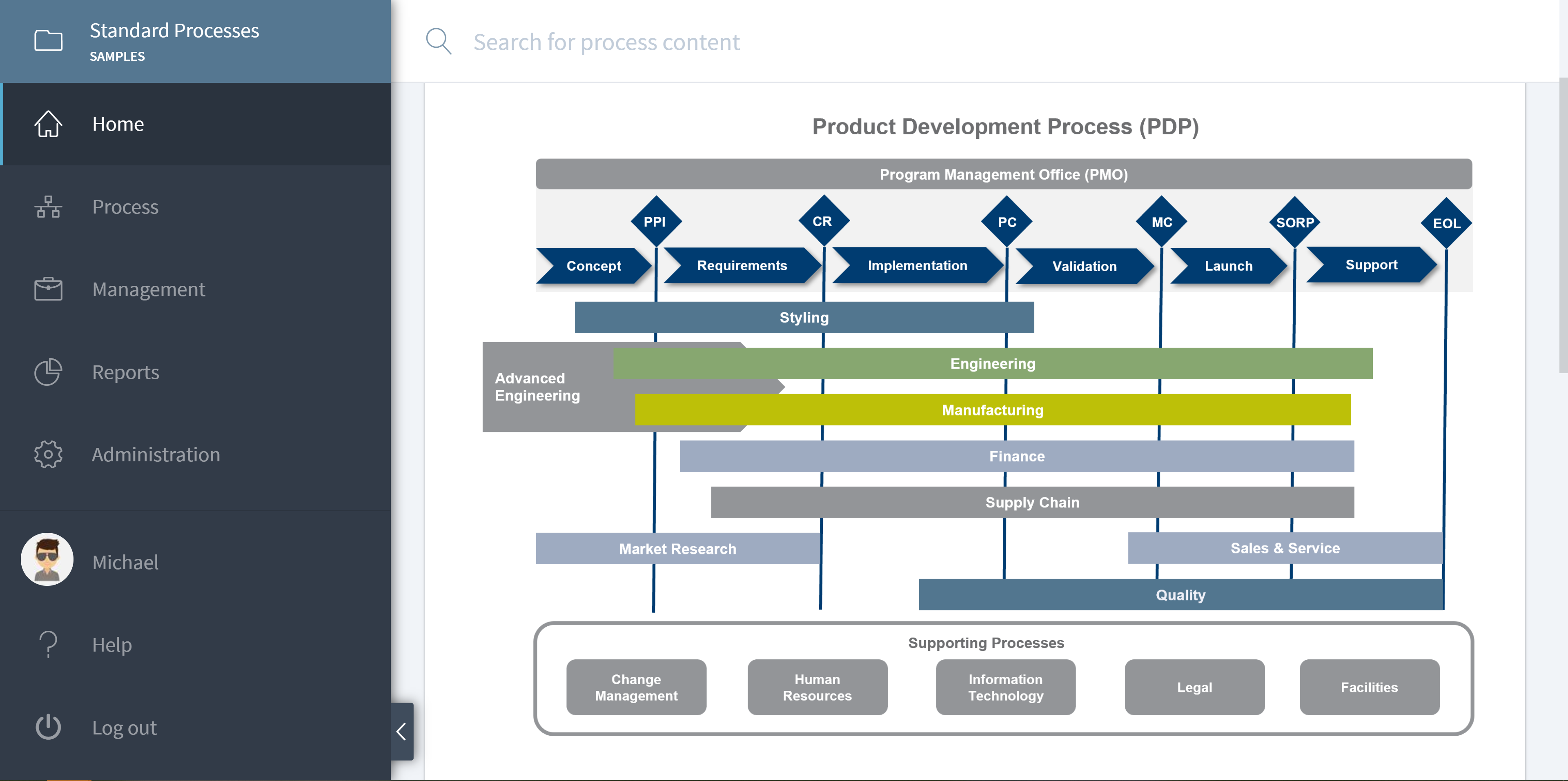
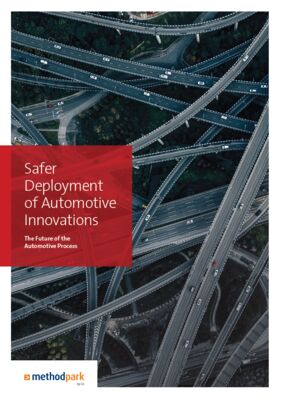
WHITE PAPER: Safer Deployment of Automotive Innovations
This paper discusses how current industry challenges interconnect and have a common denominator: the processes used to manage the products across their life cycles.
- Product development process baseline
- Automakers are delivering faster innovation
- Ensuring compliance while innovating
- Safety standards need visible compliance
- Managing overlapping, conflicting standards
